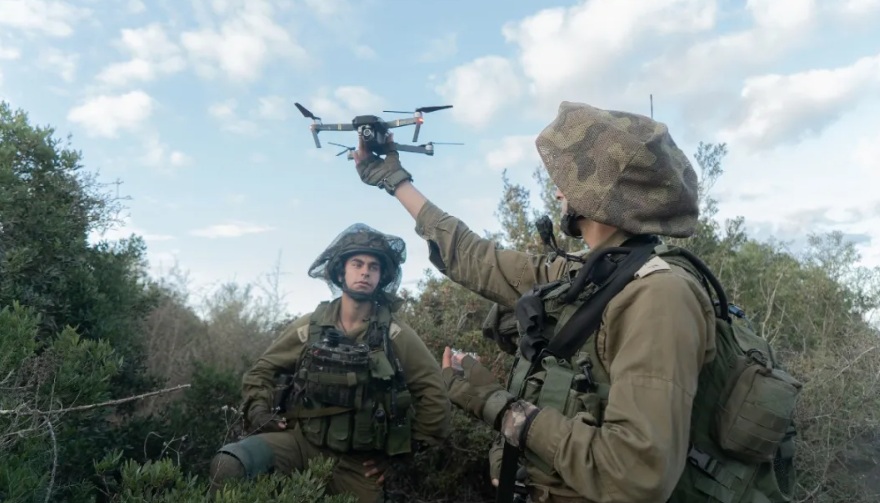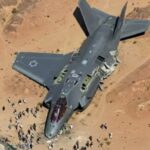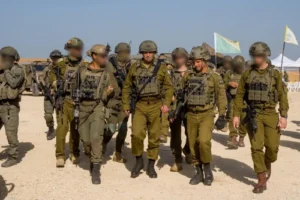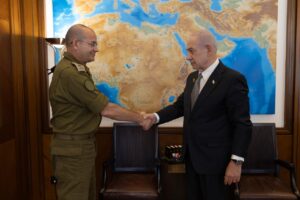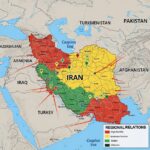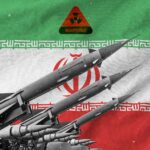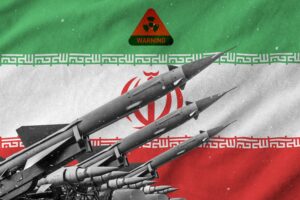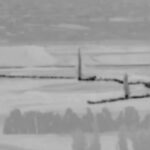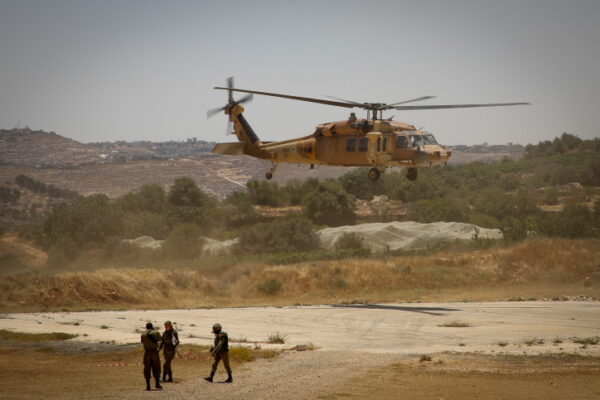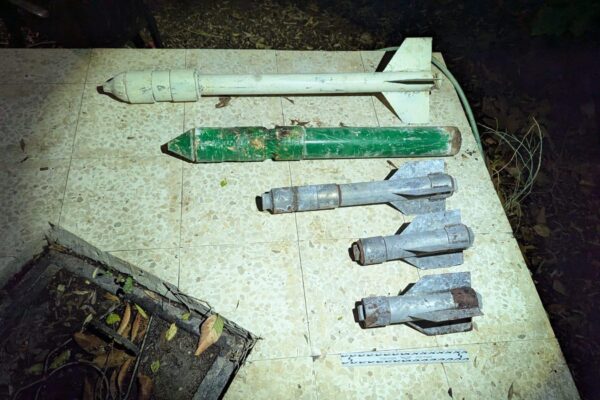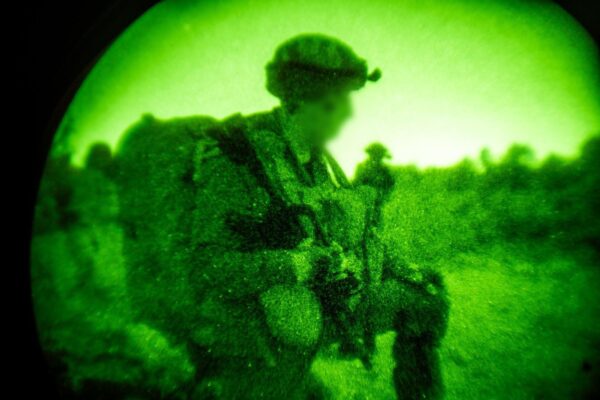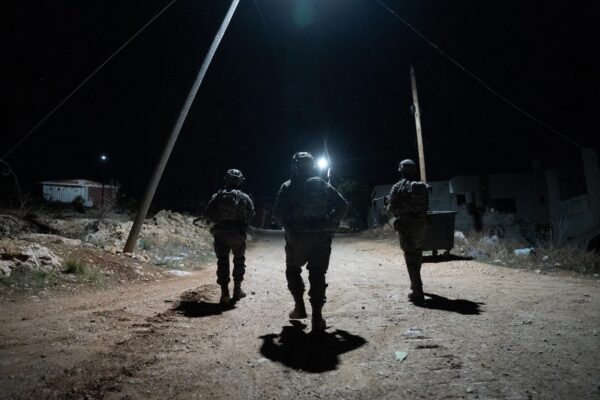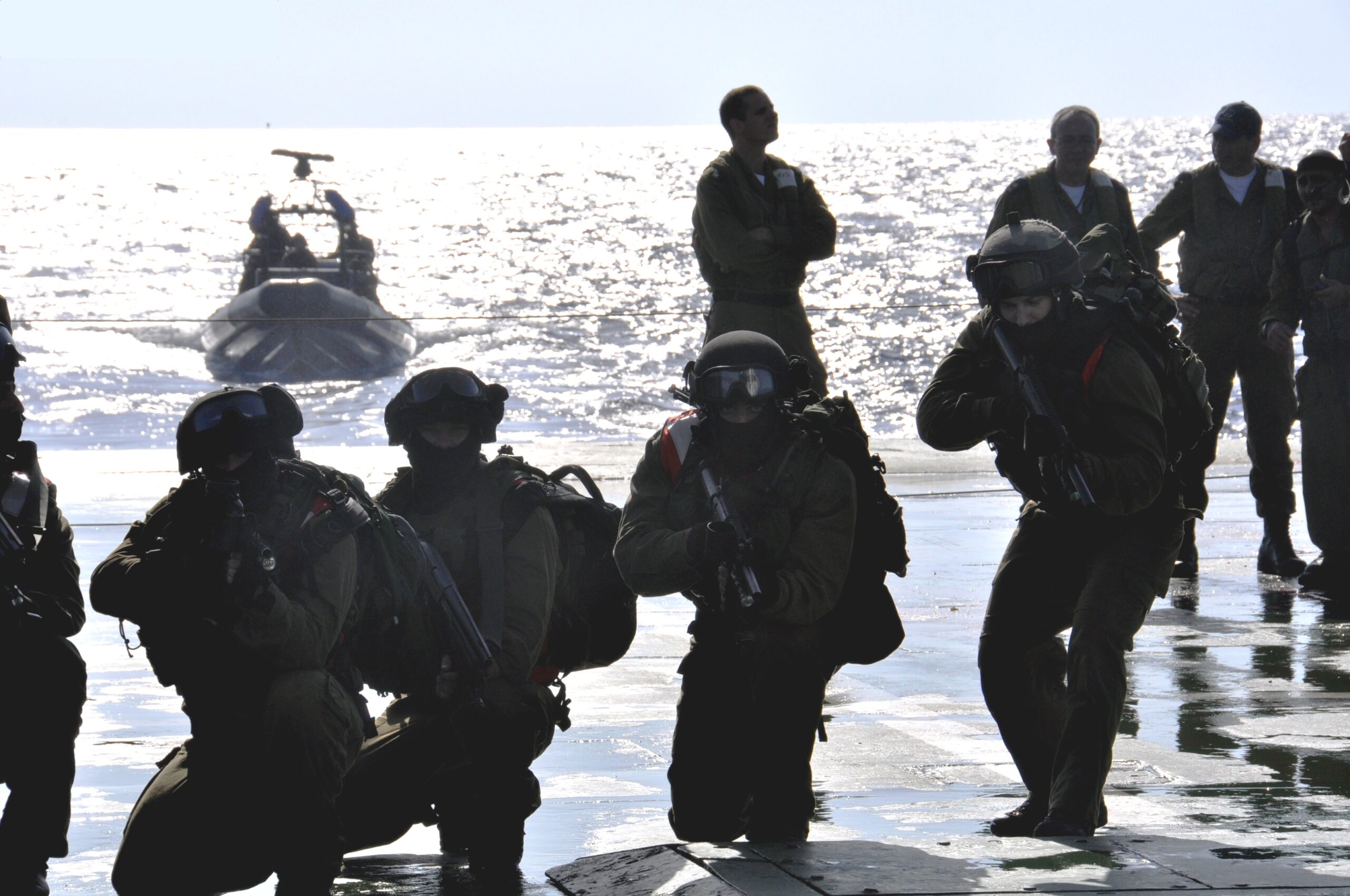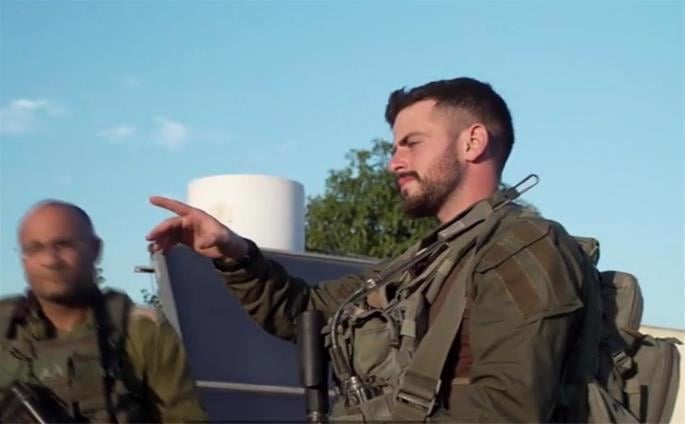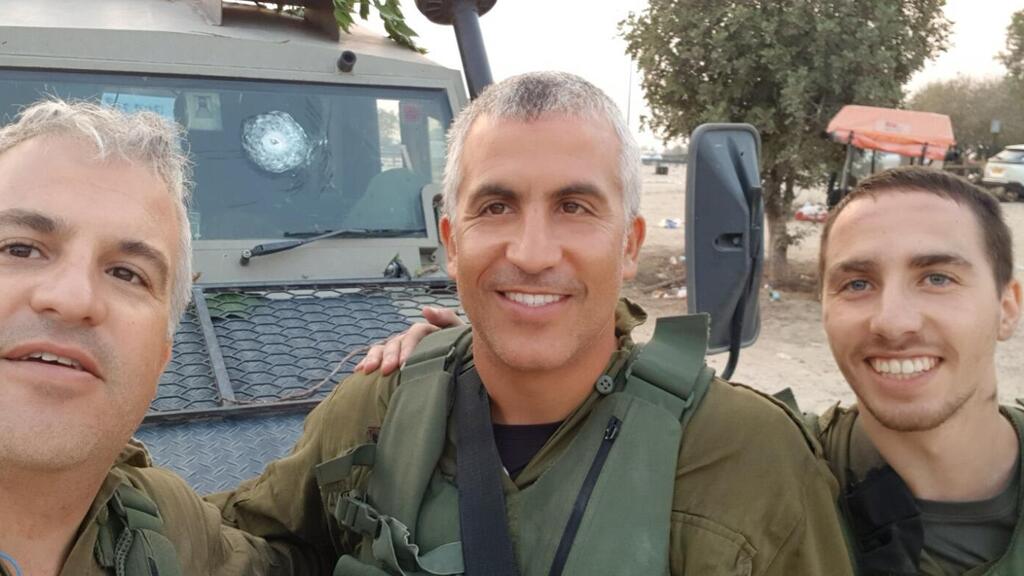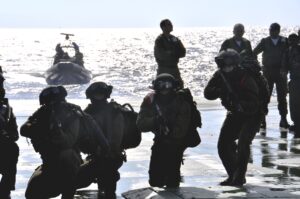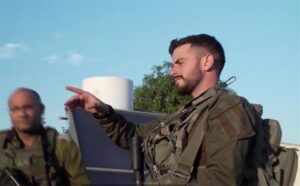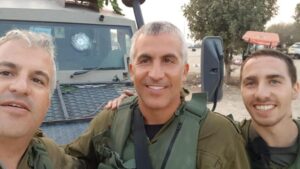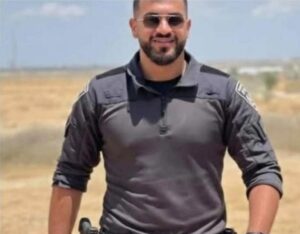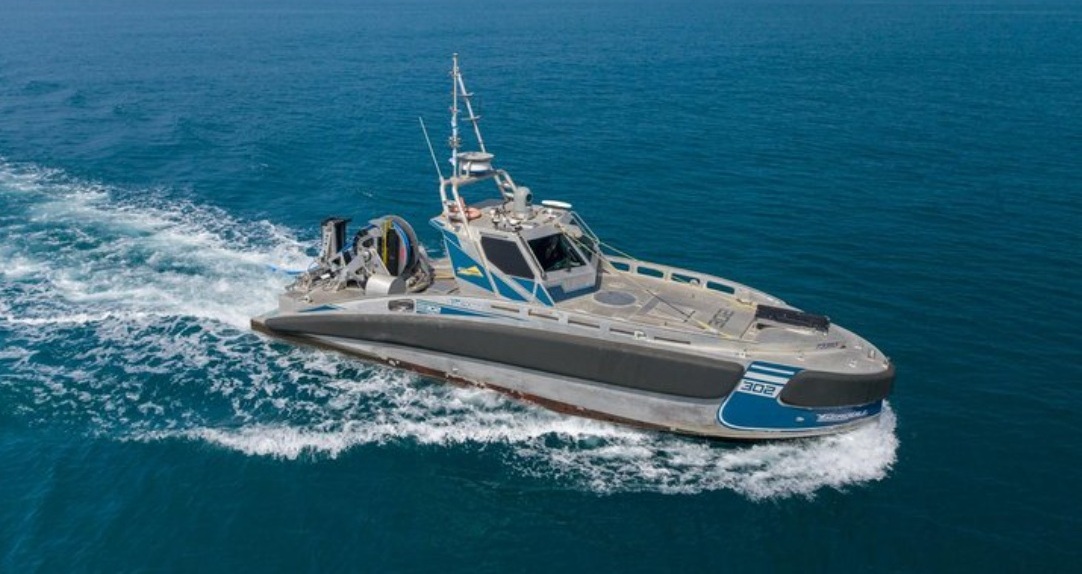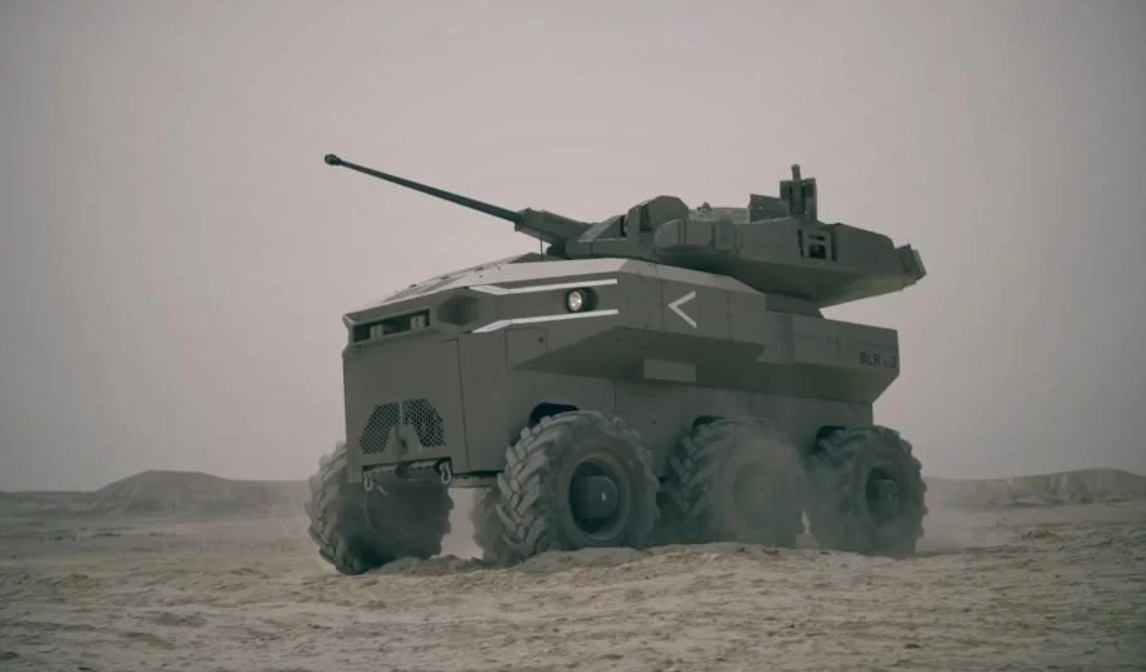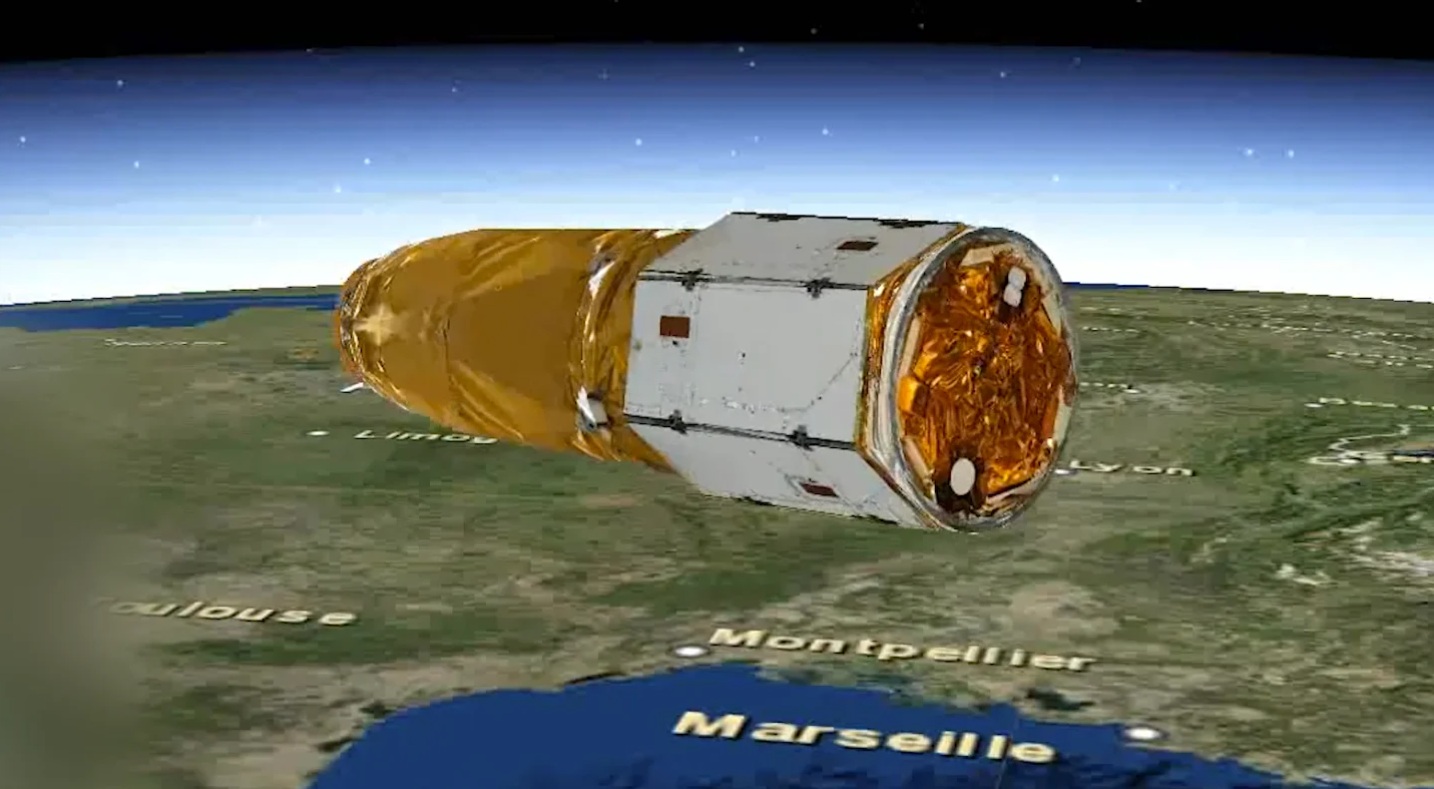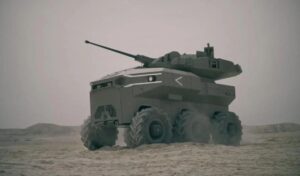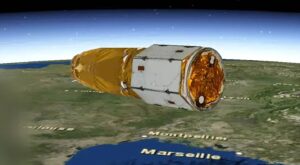An Israeli reconnaissance micro-drone played a key role in locating and eliminating Hamas leader Yahya Sinwar.
By Hezy Laing
The IDF has increasingly relied on reconnaissance microbots in Gaza and other conflict zones as part of their growing use of robotic and unmanned technologies.
These compact, agile machines are engineered to operate in high-risk, confined environments where traditional surveillance methods are ineffective or dangerous.
Their primary role is to navigate complex urban terrain and Hamas’s extensive tunnel networks, providing real-time intelligence without endangering soldiers.
Equipped with advanced cameras and thermal sensors, these microbots transmit live video feeds to remote operators, enabling precise scouting and target identification.
Their small size and quiet motors allow them to move undetected, making them ideal for stealth missions, hostage rescue, and building clearance operations.
During the 2023–2025 Gaza conflict, the IDF deployed these microbots extensively to explore tunnels before airstrikes, assist special forces in urban combat, and locate hidden operatives.
Typically no larger than a shoebox, they can climb stairs, jump obstacles, and maneuver through debris-strewn environments.
Their use reflects a broader shift toward robotic warfare, complementing other systems like the Robdozer, Jaguar, and Spike Firefly.
Gaza has become one of the most technologically saturated battlefields in the world, with microbots playing a pivotal role in surveillance, tracking, and tactical engagement.
The IDF has also integrated reconnaissance micro-drones into frontline operations, revolutionizing battlefield intelligence.
These compact UAVs, such as Elbit Systems’ Magni-X and the Sky Rider unit’s tactical drones, offer real-time surveillance, target tracking, and autonomous flight capabilities.
Designed for vertical takeoff and landing, they can hover silently over urban terrain, providing critical visual data without exposing soldiers to direct danger.
The Sky Rider unit has played a pivotal role in Gaza and Lebanon, eliminating hundreds of operatives using drone-guided strikes and pursuit tactics.
These drones are now embedded within infantry squads, used to scout enemy positions, detect snipers, and navigate complex environments like tunnels and dense urban zones.
With over 1,000 UAVs in its fleet, the IDF relies heavily on micro-drones for intelligence, surveillance, and reconnaissance missions.
Their strategic value lies in reducing risk, enhancing situational awareness, and enabling precision targeting in asymmetric warfare.
Their use has surged since October 7.
A small Israeli drone or reconnaissance microbot played a key role in locating Yahya Sinwar, the Hamas leader, during the IDF’s operations in Gaza.
According to footage released by the IDF, Sinwar was spotted sitting on a couch inside a destroyed building, and upon noticing the drone, he tried to throw a piece of wood at it—a moment that was captured on video.
This indicates that a small, low-signature drone or microbot was used to scout the area silently and visually confirm his presence before the building was targeted.


